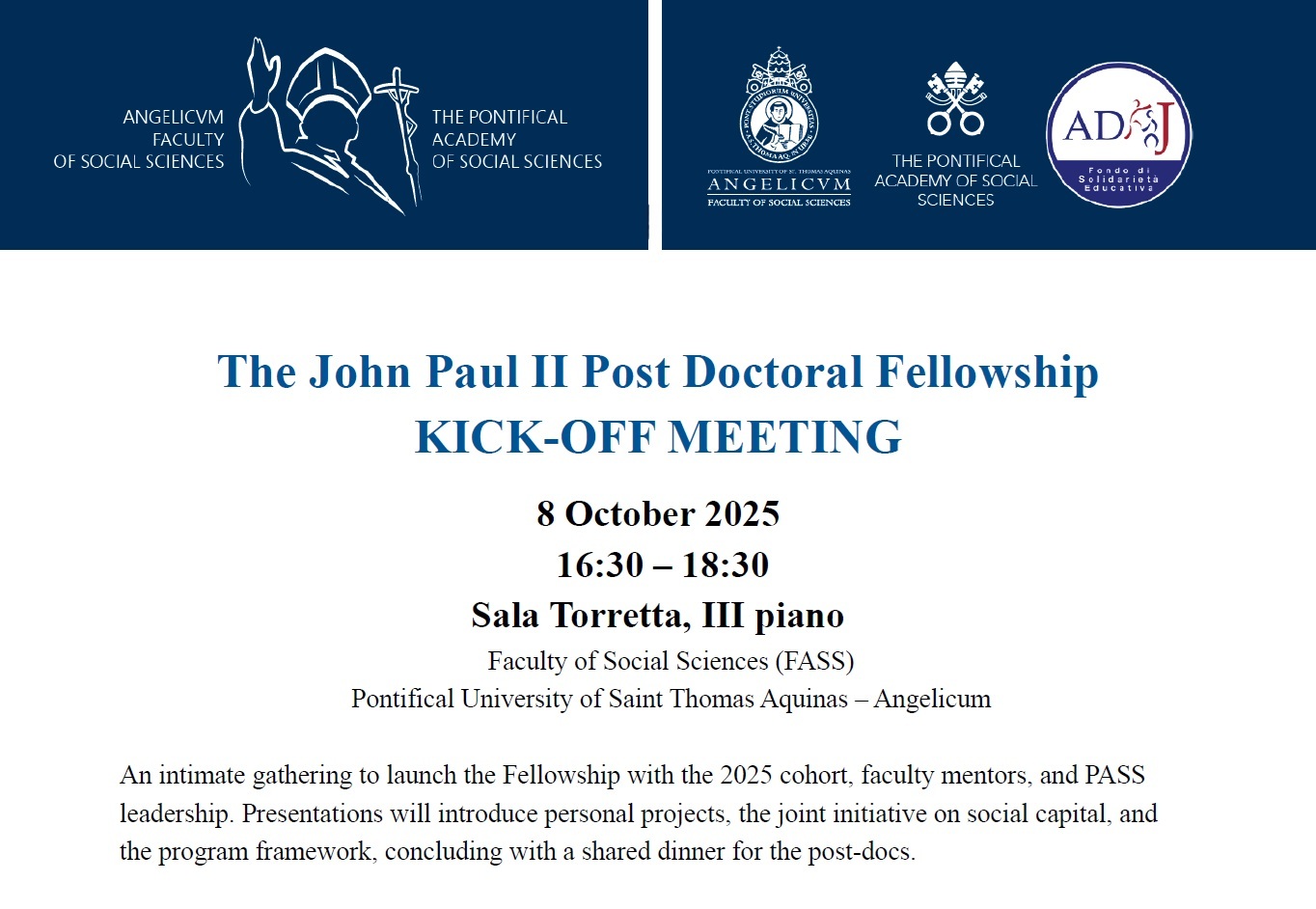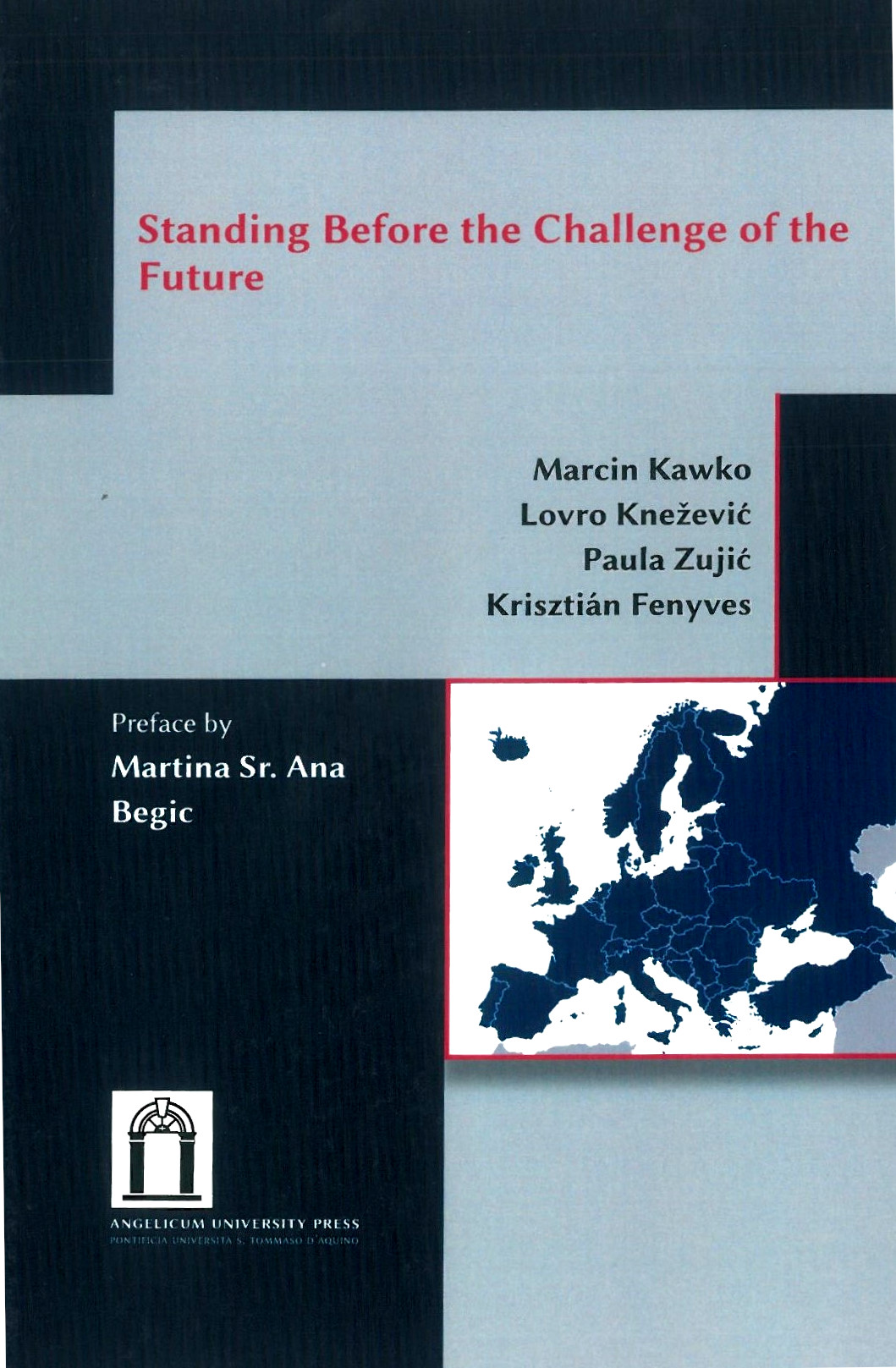 On its January 2005 cover, The Economist showed the picture of a white company headquarters with a pair of angels’ wings on either side, casting a shadow behind with devils’ horns. The title on the cover said it all: “The Good Company: A Sceptical Look at Corporate Social Responsibility”.
On its January 2005 cover, The Economist showed the picture of a white company headquarters with a pair of angels’ wings on either side, casting a shadow behind with devils’ horns. The title on the cover said it all: “The Good Company: A Sceptical Look at Corporate Social Responsibility”.
For a journal like OIKONOMIA, The Economist survey of CSR is both to be welcomed and criticised. It is to be welcomed because it highlights much of the empty rhetoric associated with CSR, much of which is little more than another marketing ploy (or what The Economist calls “good management”). But the survey is to be criticised in its assertion that CSR is, at best, just management as usual (taking care of the interests of property owners) or, at its worst, “delusional”, reducing welfare for everyone. In other words, as far as The Economist is concerned, there is no positive reading of CSR – it can only either be superfluous or dangerous.
If we stay within the worldview, - the Weltanschaung, - of The Economist, then there probably is nothing else to be said about CSR. OIKONOMIA, however, along with many other businesspeople and thinkers, does not share this worldview. As several articles in past issues of this journal indicate, we subscribe to the view that economic wealth has to be seen as an instrument towards the creation of higher, intrinsic goods – economic goods provide the essential, crucial foundation of a good society, but no more than the foundation. The idea of the good company and of CSR comes in when we start thinking about how the creation of foundational, economic goods relates to the production of intrinsic goods. If, for instance, the production of the higher, intrinsic goods is relegated to a second stage after a first stage of producing “primary”, economic goods, then we have a problem. The foundational or instrumental relationship of economic to intrinsic goods needs to be put into practice throughout society, including within the business enterprise itself. A business that does this, in which managers, owners, employees and all its participants aim to respect this relation, is well on the way to being a “good company” in a real sense – or, in other words, to being a socially-responsible company.
Once this crucial first step has been taken, there are two others that are necessary before we can be talking about a “good” company in a full sense. Firstly, each person and each business always has to think of the achievement of their own good in relation to that of the community of which they are a part. Gaining profit at the expense of the common good on which each one of us depends is like winning a battle which leads to losing the war. Just as the relationship between foundational and intrinsic goods needs to be recognised in all circumstances, including during the day-to-day operation of the business, so too does the relationship between individual and common good. One of the clearest ways of thinking about this relationship is to use the model of friendship. Two friends who really care about the good of each other search for ways of carrying forward their relationship that is good for each of them individually and also for the two of them as friends. They develop what John Finnis calls a “third viewpoint”, that of their friendship, from which to see what is the best thing for them to do. Surely, there are power relations in friendships, lots of psychological wounds and sociological condition-ings and prejudices that get in the way, but friends who want to build the good of a friendship just keep trying to get over these problems. This is not a bad way of thinking about the relationship between the good of each one of us and the common good, the good that sustains each of us in community, and which business actors also need to keep in mind when making their business decisions.
Finally comes the third and most simple step to explain and yet the most difficult to put into practice: raising the question, “is what we are proposing to do really good?”. The fact that we have extensive court, police and prison systems in all modern states indicates that it is quite possible for human beings to make mistakes about what is good in a real sense. Maintaining health is just as much about educating people as to what is good for them to eat, the exercise they need to take and the need, for instance, not to drink and drive, as it is about hospitals, medical research and training medical specialists. We often find it hard to know what is the good thing to do, and this is no less complex in the context of the business. We are all on a journey here and no-one has easy, straightforward answers even in cases where there are obvious problems – for instance, even if you know that a substance that employees are using is damaging to health, you have to be careful not to replace it with something worse. What we must do is constantly ask ourselves the question – is what we are proposing to do really good? Much of the literature on stakeholder dialogue and on communicative ethics can be helpful here, as there is no doubt that in many circumstances as wide a dialogue as possible, at least as regards decisions of major importance, is usually going to make it more likely that we come to a good decision.
This simple, intuitive theory provides a starting point for understanding CSR and what it means to talk about a “good company”. What the theory means in practice can take up a vast array of practical forms. During the conference “The Good Company: Catholic Social Thought and Corporate Social Responsibility”, to be held at the Pontifical University of St Thomas in Rome over October 5-7 2006, there will be discussion of many of these practical applications. Several papers discuss empirical surveys and case studies of companies that have explicitly tried to put into practice the principles of Catholic social thought, compatible with the simple model of the “Good Company” given here. Others deal with specific difficult issues, like outsourcing or just wages in a globalised economy. Another group of papers looks at the role of cooperatives in promoting a pluralistic, mixed economy and the particular ways in which cooperatives can be socially responsible, while a different group is concerned with the role of relationships, social capital and “we-rationality” or with the dangers of crowding out intrinsic motivation in incentive payments schemes. A particularly interesting group of papers looks at the areas of “convergence” between CST and CSR, one of which argues that this area of agreement can best be characterised within the tradition of natural law.
In some ways, it could be argued that the most important issue for the good company is the yawning economic gap between the rich and poor in our globalising world. Several of the papers in the conference deal with the contribution of good companies to economic and social development, and this follows on from the UN Year of Micro-credit in 2005. Although microcredit, and other forms of microfinance, cannot achieve alone the kind of integral development needed by poor countries, they have increasingly shown themselves to be crucial mechanisms in the fight against poverty. Success brings new issues, and one of these is the increasing number of commercial banks entering into the microfinance sector. At a conference of those working in the area of microfinance, organised in February 2006 by the Pontifical Council of Justice and Peace, mixed feelings were expressed about this. On the one hand, estimates are that microfinance over the last 30 years has reached about 90 million people, whereas probably around 2 billion live on less than $2 a day, indicating that without the involvement of big commercial banks, like Citigroup and ABN Amro who were represented at the conference, microfinance initiatives will not be able to satisfy demand for their services. At the same time, some of those who have been involved in microfinance for decades are concerned about the arrival of the commercial banks. They fear, for instance, that the banks will come in and buy up the intermediary organisations that they have been developing, using them to serve their client portfolio. The charitable operators will then need to start working again from scratch to build up a network, one which is usually aimed at the poorest groups in society, that is, those which it would be too costly for the commercial banks to serve. Such fears are not unfounded if one remembers that the earliest banks, the “monti di pietà”, were founded to help the poor with micro-loans, as the text of the Pagina classica at the end of this number of OIKONOMIA indicates, but those that have survived have become mainstream banks. This is thus a challenging time for the good company, and its particular manifestation in the microfinance organisations, and we hope the October conference will contribute to confronting that challenge.
build up a network, one which is usually aimed at the poorest groups in society, that is, those which it would be too costly for the commercial banks to serve. Such fears are not unfounded if one remembers that the earliest banks, the “monti di pietà”, were founded to help the poor with micro-loans, as the text of the Pagina classica at the end of this number of OIKONOMIA indicates, but those that have survived have become mainstream banks. This is thus a challenging time for the good company, and its particular manifestation in the microfinance organisations, and we hope the October conference will contribute to confronting that challenge.
 IT
IT  EN
EN 



















